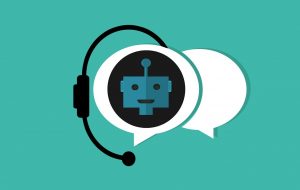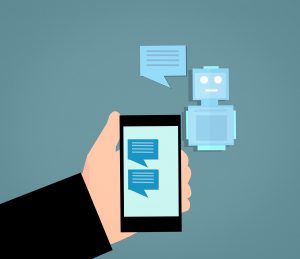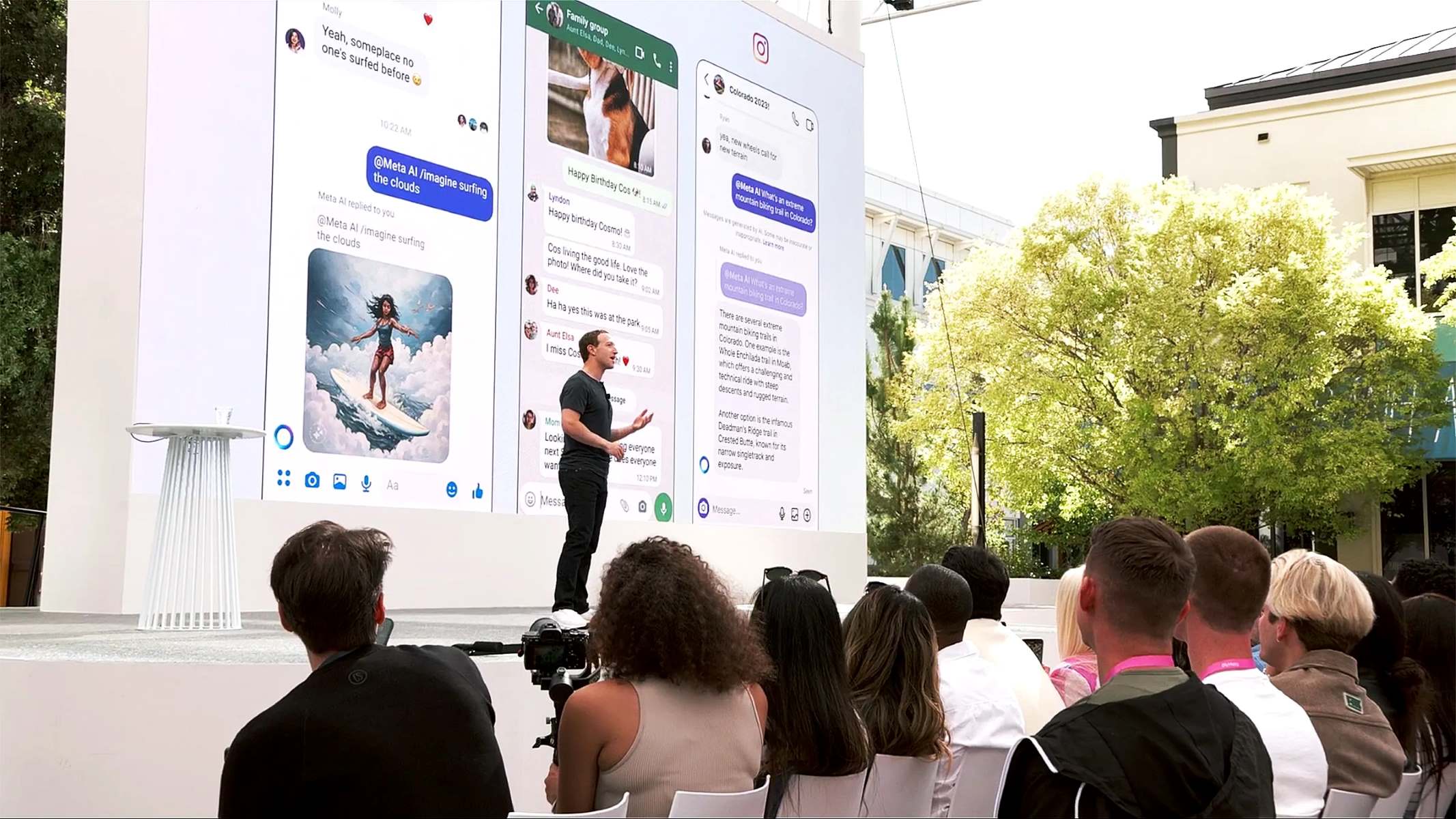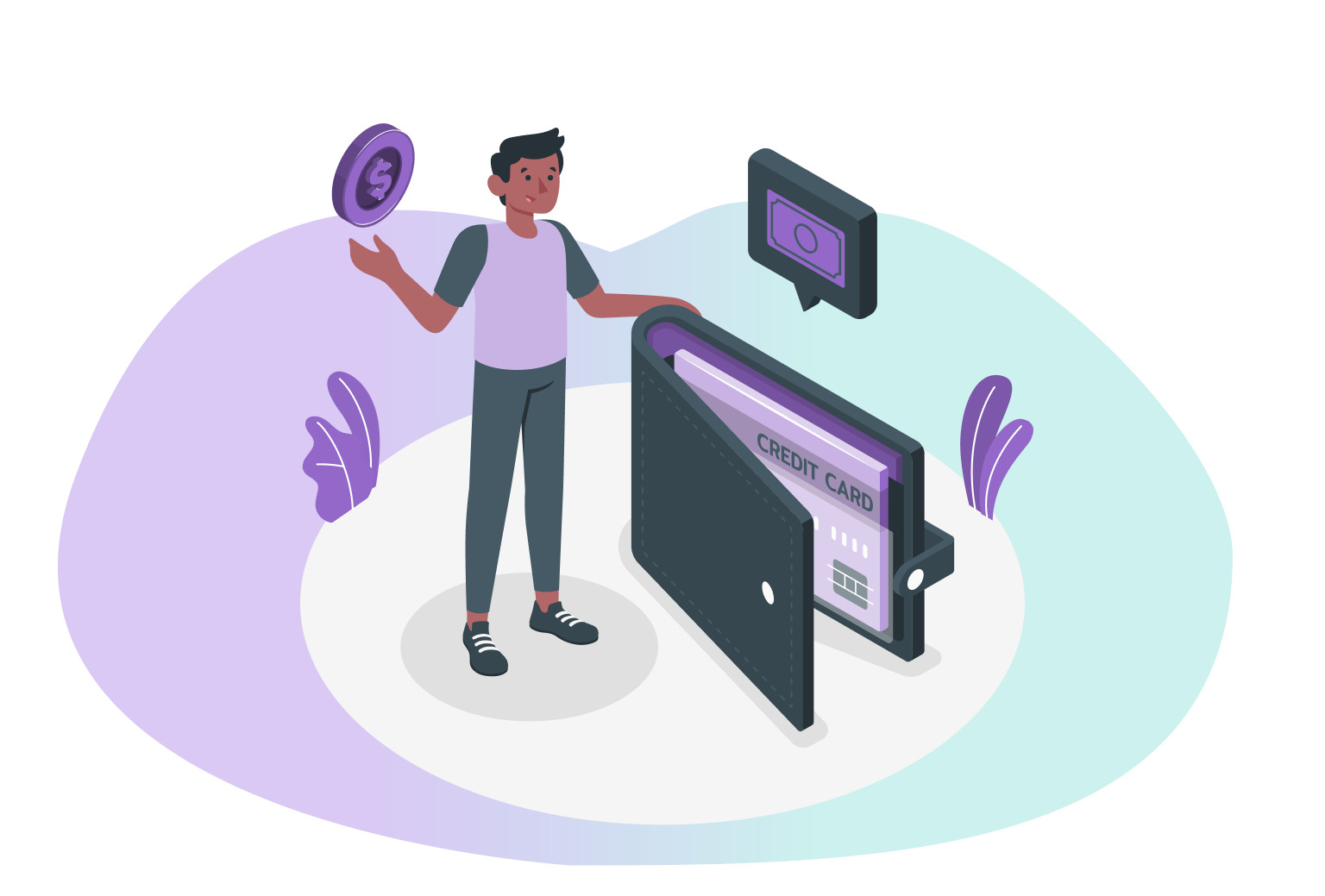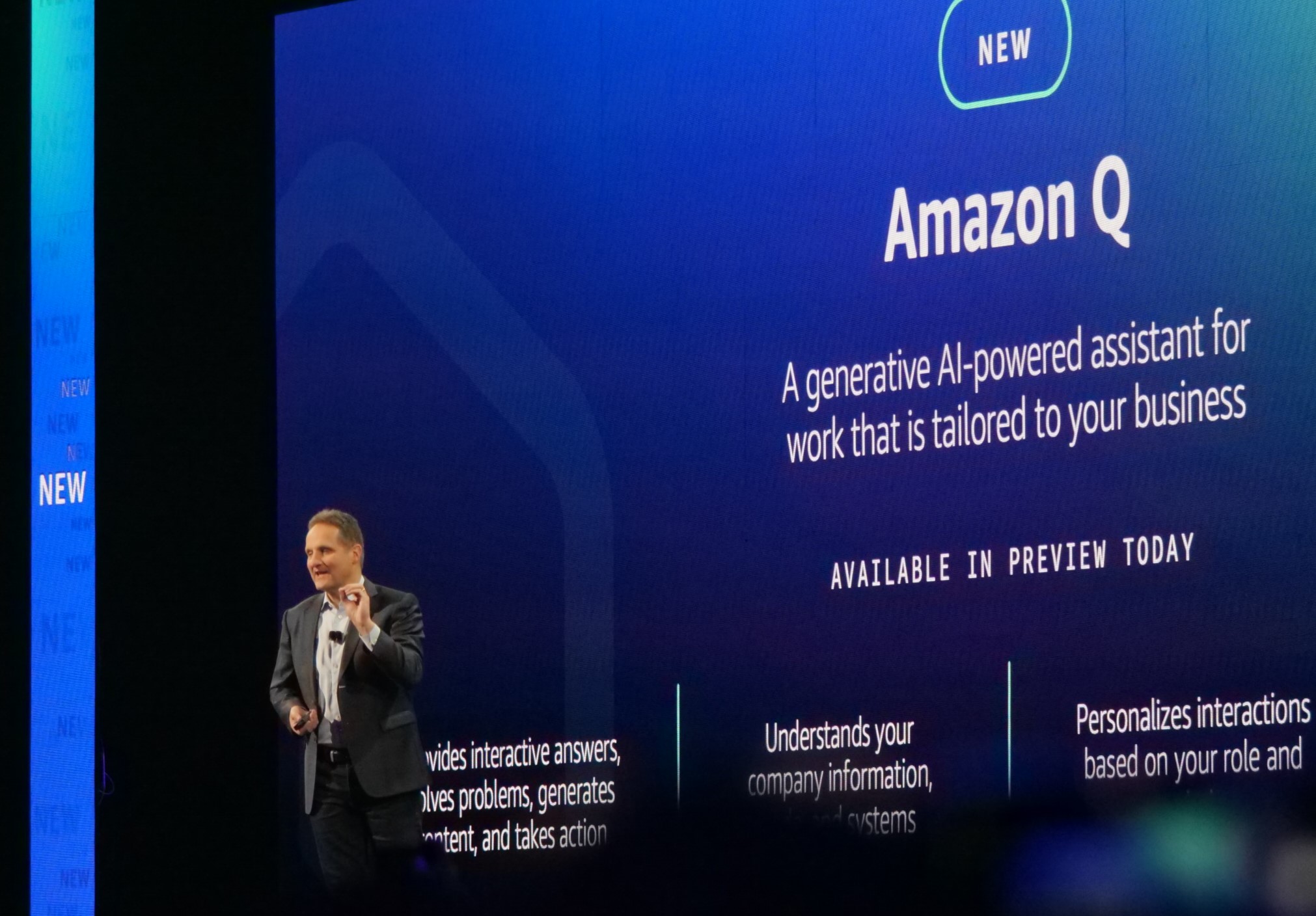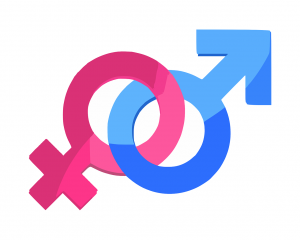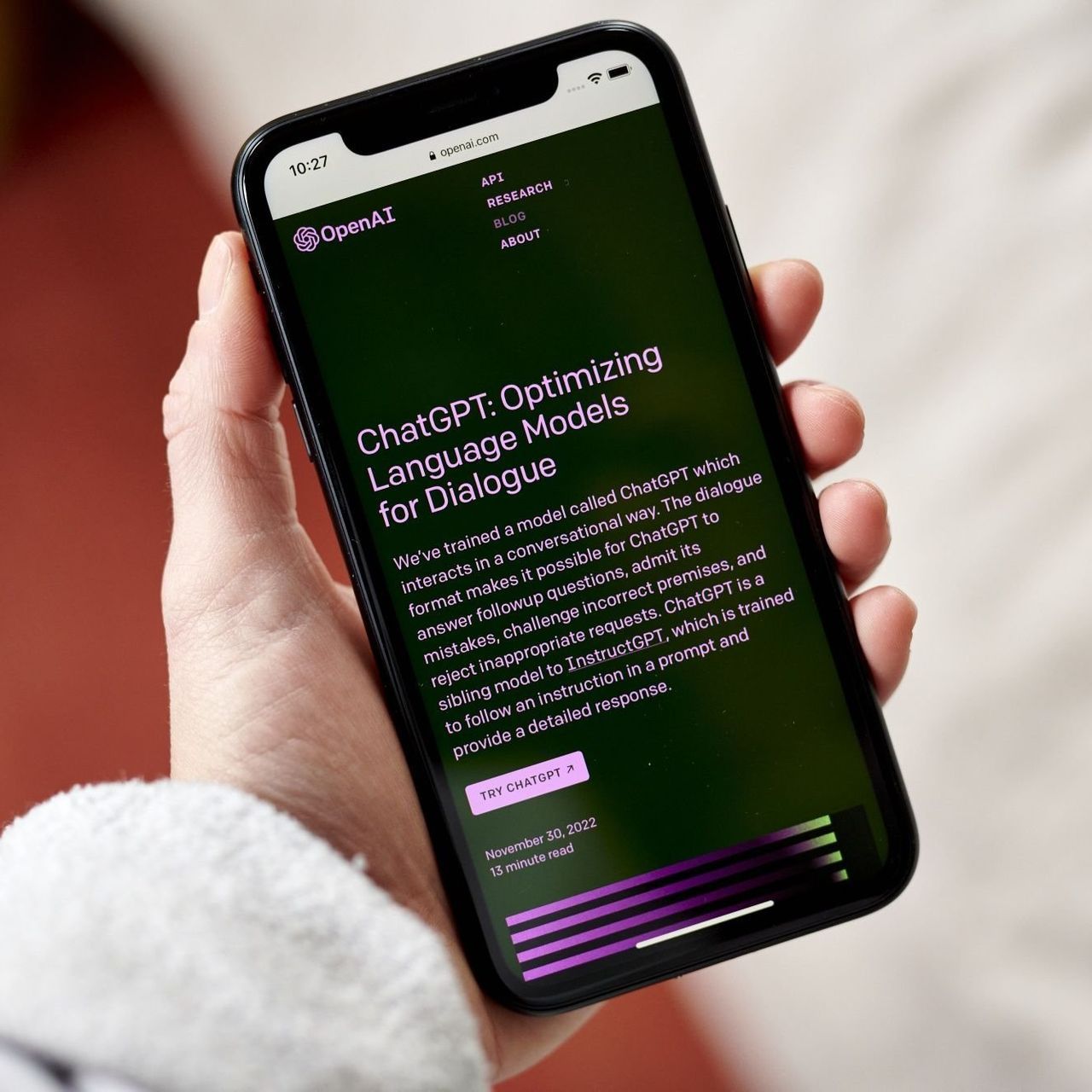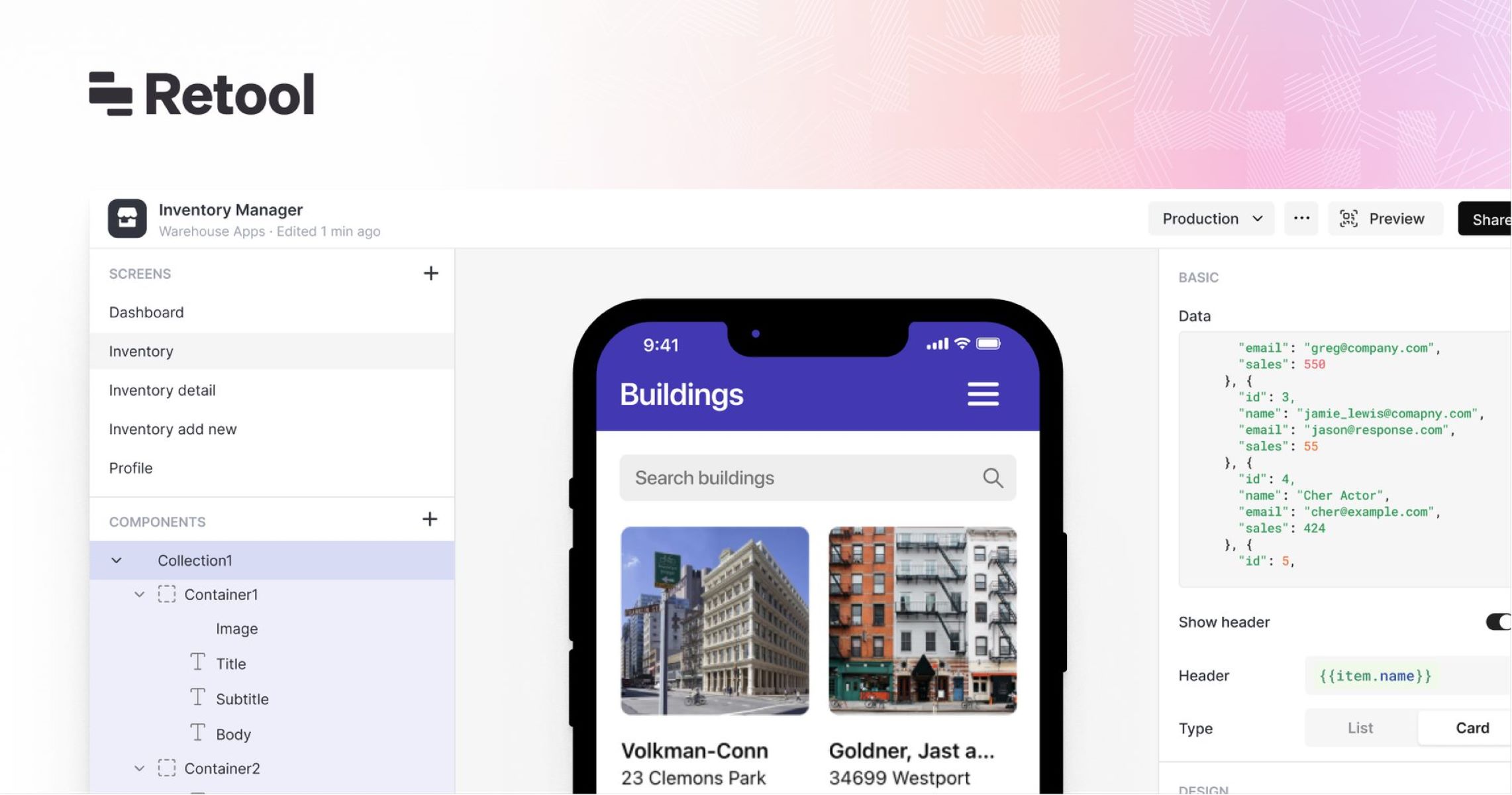In case you haven’t noticed, we are now in the age of where artificial intelligence (AI) and intelligent machines are widely used for almost anything and everything. From home appliances to our smartphones, artificial intelligence has really gone a long way. It also paved the way to some artificial intelligence advancements like, for example, chatbots.
But, what is a chatbot?
Short for “chat robot”, a chatbot is a computer program that replicates or simulates human conversation. This particular program could provide a variety of tasks ranging from business transactions to entertainment, and is widely present in major chat applications like Facebook Messenger, Slack, WhatsApp, Telegram, etc. From Joseph Weizenbaum’s ELIZA to today’s more advanced programming, chatbots are now being utilized to maximize productivity. Not to mention, the chatbot is here to increase lead the generation and profit businesses.
While we can talk about the future of chatbots all day, let’s just delve into how these chatbots work. Understanding the different types of chatbots and its functionalities.
How do Chatbots work?
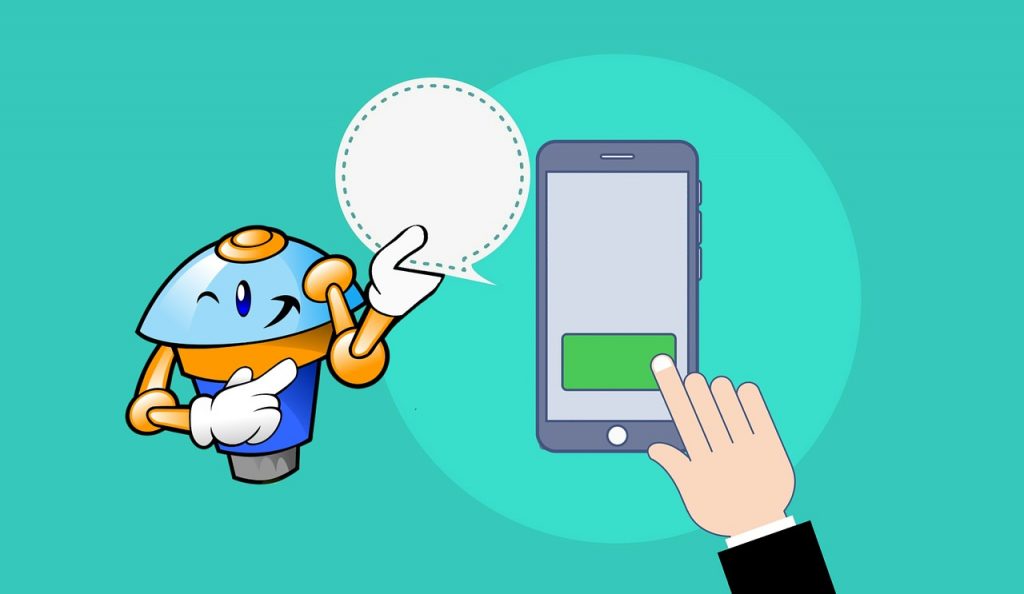

Now you know what is a chatbot, the questions down to, how it actually works.
Oxford Dictionary defines “chatbot” as “A computer program designed to simulate conversation with human users, especially over the Internet.” Similar to a virtual assistant like Amazon’s Alexa, Microsoft’s Cortana, or Apple’s Siri. Chatbots primarily respond only through text or chat. In simple term, chatbots are designed to promote easy communication in a human manner. Depending on how they were programmed, we can group these chatbots into two major groups: simple and advanced.
Simple chatbots are chatbots that work through programmed keywords. Meaning, they reply pre-written responses when users typed in a certain keyword/s into the conversion. Hence, the function of these types of robots is limited yet powerful.
On the other hand, advanced chatbots highly rely on artificial intelligence (AI) to function. Unlike simple chatbots, these types of chatbots understand most languages, not just commands or plain keywords. One good example of an advanced chatbot is Steve Worswick’s Mitsuku.
Examples of Chatbots
ChatBottle is a website that allows you to search for different kinds of chatbots for different categories such as news, weather, health, entertainment, and more. It also features chatbots that are available to different messaging platforms such as Facebook Messenger, Skype, Kik, and Telegram. You see, there are lots of chatbots available whatever purpose or platform you’re into, almost anything is possible.
Chatbots for Business: How Can It Help You
In 2017, Grand View Research Inc. reported that the global chatbot market is expected to reach $1.25 billion by 2025. Valued at $190.8 million in 2016, it is undeniable that the chatbot market is booming, thanks to the advancement in machine learning and (AI). Add it to the increasing number of global smartphone users every year, chatbots revolutionized online marketing.


Speaking of online marketing, chatbots for business create lots of opportunities; particularly on the booming business, e-commerce. According to a statistical report, in 2018, an estimated 1.8 billion people worldwide purchased goods online. During the same year, global e-retail sales amounted to $2.8 trillion and “projections show a growth of up to $4.8 trillion by the year 2021.”
It only goes to show that people do prefer shopping online than going to the actual store or the mall. Of course, there are still others who prefer to do their shopping inside their favorite store or the mall, but these numbers prove that having your business an online presence can reach millions of potential customers.


This is why chatbots are such a big deal in this era. With correct implementation, chatbots can revolutionize businesses through improved response time and customer satisfaction. Consequently leading to customer retention and trust.
Benefits of Using Chatbots
When it comes to scalability, chatbots deliver an exceptional way. Picture this: a sales representative can only do one at the time transaction over the phone. In a live chat window, the sales representative can, realistically, provide service for about three to five customers at a time; before other customers’ inquiries can be left unanswered, compromising the customer’s retention.
Using a chatbot for your business has a capacity to serve hundreds of customer’s inquiry at the same time, therefore improving the response rate of your business while maintaining the customer’s retention, leading to closing a sale.
1. Mobile-friendly
Mentioned earlier, mobility is the name of the game these days. People tend to use their smartphones to almost any common daily tasks like transportation, bills payment, communication, as of course, online shopping. That is why chatbots are geared towards being a mobile-friendly rather than web-friendly software or application, specifically with Facebook Messenger and WhatsApp.
2. Cost Saving
Comparing to hard labor, chatbots is another great alternative for businesses. With minimal supervision, chatbots are able to perform tasks with accuracy, speed, and it’s highly reliable too. Instead of hiring a human for repetitive jobs, the situational responsive chatbots are here for your solution. The best part is there is less downtime and it’s user-friendly.
3. Lead Generation
Aside from the thriving customer service functionalities, chatbots is helpful when it comes to generating leads. For example, when a customer visits your website or your online store, you can program your chatbot with closed-ended questions. This way, you’ll know their intention of the visit and even collect the entry date for business analysis.
Once your chatbot has gathered enough information from the visitor, you can program in a specific way to target customer needs. For instance, offering an incentive such as discount coupons upon first check-out or vouchers to promote site loyalty. You’ll never know, they might use these rewards for future purchases.
On the flipside…
We know that all these sound promising, but chatbots is not perfect yet. Since the demand varies depending on a customer, understanding their language or tone can be one of the main challenges when creating and programming a chatbot.
As you start to plan your chatbot, it’s vital to remember that there’s no “one-size-fits-all” chatbot. To excel, you need to modify the mechanism in a way to satisfy different genre of audiences.
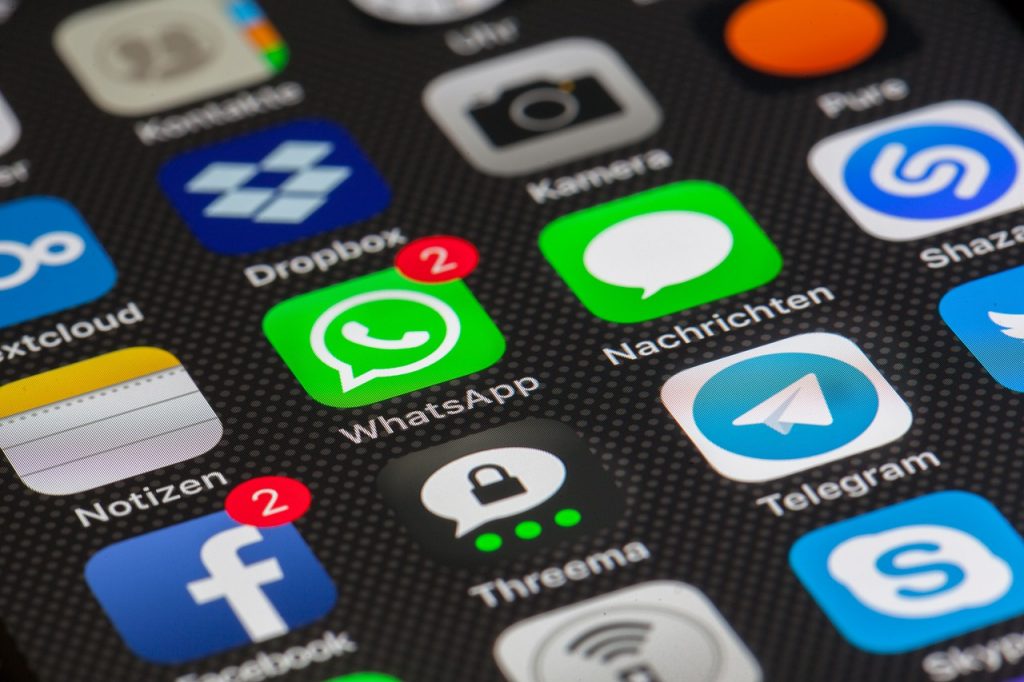

Building Your Own Chatbot
While there is no shortcut in building these chatbots, we curated some simple ways to help you build your own chatbot. There are 2 ways to create your first chatbot.
First, using the Chatbot building platform. There are several chatbot building platforms that offer pre-programmed templates that you can utilize. This is a good option if it’s your a beginner.
You can find these chatbot building platforms below:
Chatfuel is a chatbot building platform that provides easy-to-use chatbot templates. It’s perfect if you want to grasp the basic knowledge of creating a chatbot. Also, integrating the chatbot to your Facebook Messenger is easy. It’s user-friendly and even beginner can get a hang of it in no time.
As one of the leading Facebook Messenger bots, manychat is capable to help you to create a chatbot that thrives in marketing, sales, and even support. It also offers integration from other productivity tools such as MailChimp, Hubspot, and Zapier.
This platform is probably the easiest to function. Offering simple bot hosting for user-friendly chatbots like Slack and Facebook Messenger. One thing to take note is that the chatbot sources code that is managed through Github. Also, it’s launched as a container; so whatever language is the least for you to worry about.
This platform also offers pre-installed templates for your chatbot. Its key features are Chat Blaster that allows you to send a message to all your Facebook Messenger contacts or a specific group, and Drip Campaign that allows you to set up a sequence of messages delivered on a specified date and time.
Lead generation is one of the key features of this chatbot building platform as you can actually send forms to your contacts to collect information such as email and phone number. Botsify’s capability to analyze and to feature a multilingual chatbot definitely stood out from the crowd. If you plan on reducing customer service cost, investing in Botsify is certainly a wise choice.
With or without the background of programming, these chatbots platform is here to make your life easier. Not only it reduces a significant amount of financial fund, using these platform is efficient and cost-saving. The best part, it allows customization too. So, if you don’t like the idea of building from scratch using codes or with manual integration. These platforms are a great alternative.
Final Thoughts
With so much potential and their availability to almost any platform, chatbots can make your business more profitable and can exponentially increase your network. Of course, there are still people who are anxious and are not comfortable communicating with a “robot”, and they still prefer to interact with a real human.
The chatbot industry is still developing and the majority of the business owners today don’t fully utilize its potential. However, as this industry matures, it is likely to develop into a more sophisticated program that can provide more complex solutions to cater to the ever-changing customer needs.









